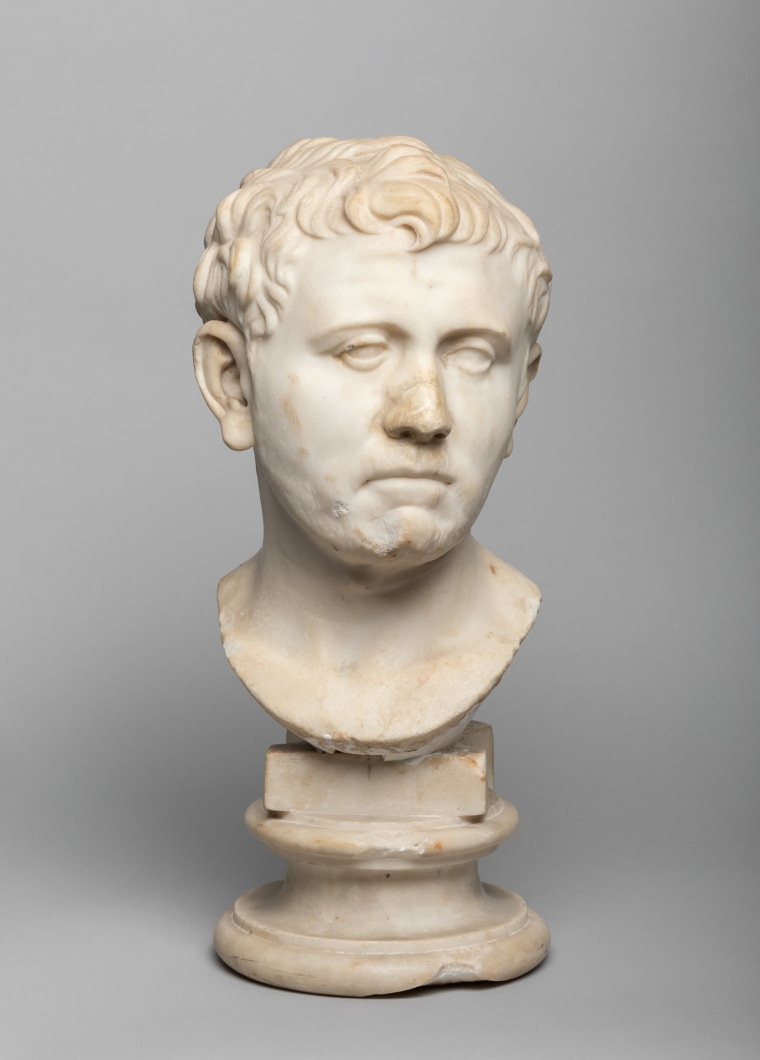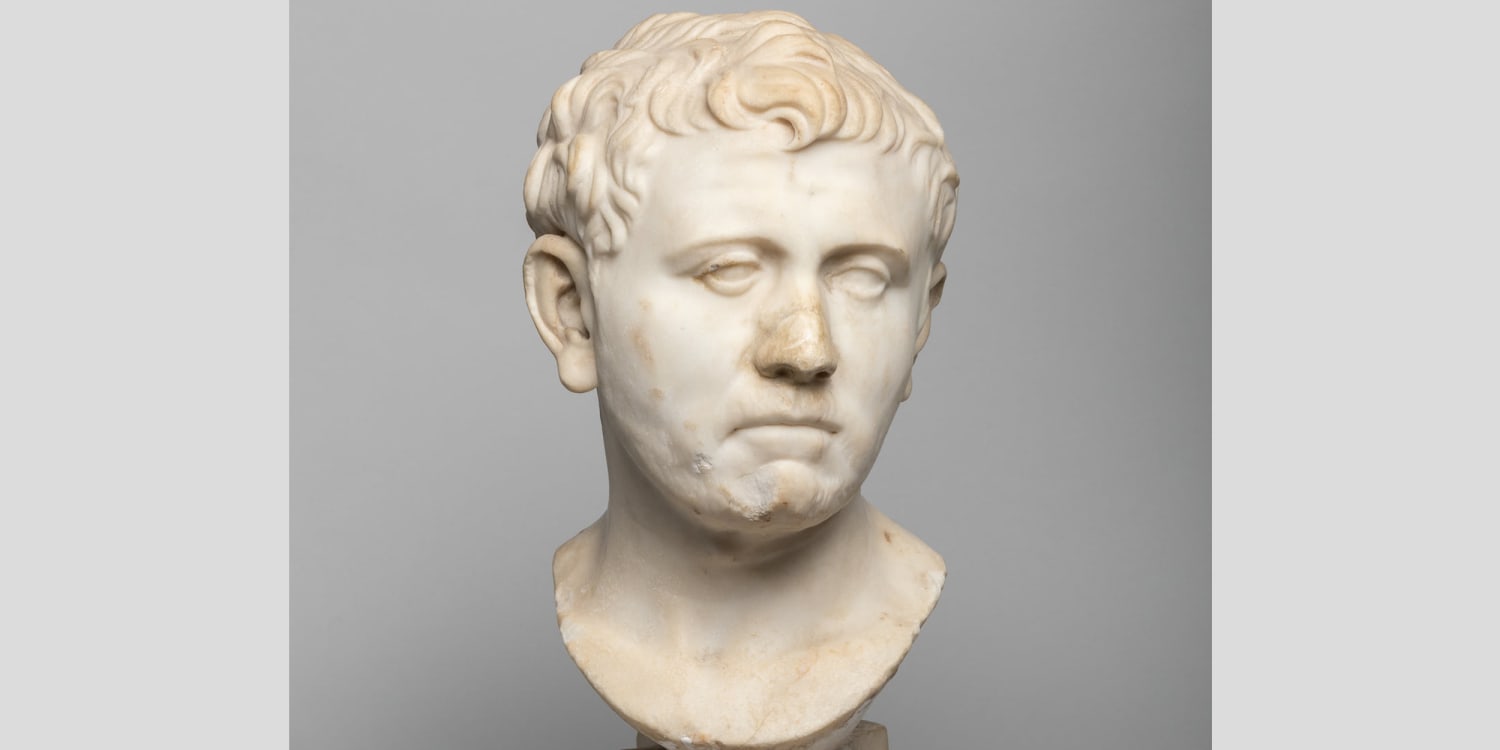Laura Young, a Texas antiques dealer, thought she had found a steal when she came across a stunning statue at a Goodwill store in 2018 for just under $35. And while she suspected she had come across something “very special,” little did she know the piece would turn out to be a priceless Roman bust dating back to 2,000 years.
When she first came across the bust, scouring for antique treasures in the Goodwill store, one of Young’s first thoughts was: “He looked Roman. He looked old.” And once she purchased the statue, she told the San Antonio Express-News, “in the sunlight, it looked like something that could be very, very special.”
Special, indeed. A Sotheby’s consultant eventually determined that the $35 sculpture was in fact a marble Julio-Claudian-era Roman bust.
It had taken years to determine the authenticity of the bust. However, after consulting a range of experts, Young was able to notify the German government of the finding and made arrangements to return it to the Bavarian Administration of State-owned Palaces, the newspaper reported. But first, she said she wanted it to be put on display in her home state and an agreement was eventually made to allow the sculpture to be put on exhibit at the San Antonio Museum of Art.
“He’d been hidden for 70 to 80 years, I thought he deserved to be seen and studied,” Young said.
How exactly the ancient sculpture dating from as far back as the late first century B.C. or early first century A.D. came to arrive in the Goodwill Store in Austin may never be known.
However, it once stood in the town of Aschaffenburg, Germany, in a full-scale model of a house from Pompeii, called the Pompejanum, built by Ludwig I of Bavaria, according to the San Antonio Museum of Art, where it went up on display on Wednesday.

Construction of the Pompejanum, which was completed from 1840 to 1848, was inspired by the excavations of Pompeii, the ancient city that was buried under ash following the deadly 79 A.D. eruption of Mount Vesuvius, according to the Bavarian Administration of State-Owned Palaces, Gardens, and Lakes.
During World War II, Allied bombers had targeted Aschaffenburg, damaging the Pompejanum and at some point, the bust vanished, the San Antonio Museum of Art said.
With the U.S. Army having established a number of military installations in Aschaffenburg, the museum said the most likely scenario was that a returning soldier had brought the sculpture to Texas. The rest of its journey is a mystery.
The San Antonio Museum of Art has dubbed the bust “Portrait of a man” in its new exhibition, but there are some theories on who that man might be.
Lynley McAlpine, a postdoctoral curatorial fellow and Roman art specialist at the museum told the San Antonio Express-News that the sculpture could be a marble portrait of Sextus Pompey, the youngest son of Roman general Pompey the Great.
Pompey the Great had fought against Julius Caesar and was assassinated after his army was defeated and he fled to Egypt. Pompey had taken up his father’s fight against Caesar’s forces and was eventually captured and executed without trial, on Mark Antony’s orders, according to the British Museum.
If the bust does portray Sextus Pompey, “it’s a portrait of an outlaw, a sort of enemy of the state,” McAlpine told the newspaper. “It’s unusual to have something like this. It’s also interesting that someone preserved it and had it in their collection as a personal enemy to the emperor. That could be dangerous to display something like that.”
However, The New York Times reported that the bust could also have been made in the likeness of Nero Claudius Drusus Germanicus, a Roman commander whose forces had at one time occupied German territory.
The San Antonio Museum of Art said the bust would eventually be returned to Germany. However, it said the portrait would remain on display at the museum until late May 2023, with the agreement of the Bavarian Administration of State-Owned Palaces, Gardens, and Lakes.
Young and the Bavarian Administration of State-Owned Palaces, Gardens, and Lakes did not immediately respond to a request for comment for this article.
Source: | This article originally belongs to Nbcnews.com










